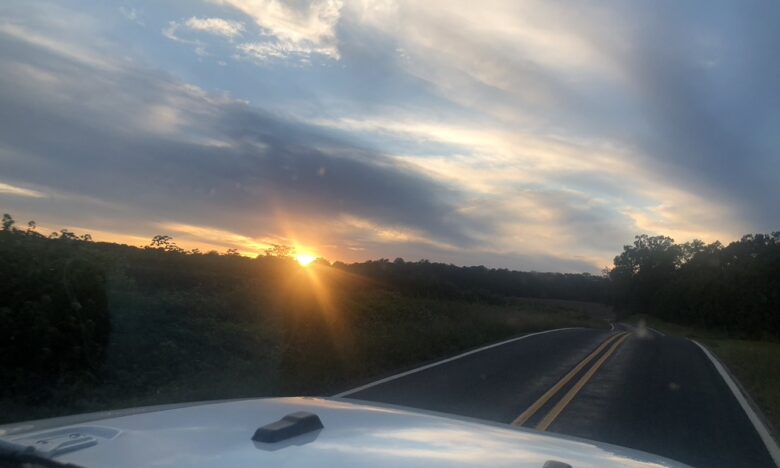Look At Me Go
(And a Journal Activity for Deeper Self-Awareness)
I once heard a podcaster, who I consider highly enlightened and very intentional with her actions, describe an experience where she lost her temper. She was in traffic, and she found herself saluting someone with her middle finger. This made me laugh because Elizabeth, this podcaster, has this big whole-hearted laugh that is contagious, and I can’t help joining in her laughter.
I also laughed because I could relate. I too have become angry on occasion and saluted fellow travelers in traffic. But what I remember most about this pre-Covid podcast (and the reason I’m sharing this story here) was Elizabeth’s comment about her reaction. She said that she realized that she had been triggered by this other driver, and at this point she laughed and said, “I was like, look at me go.”
I was new to my self-awareness journey when I found Elizabeth’s work. Listening to her podcast, I wondered how it was even possible to watch yourself participate in a series of behaviors or actions. How was it possible to have that kind of awareness, especially when emotion had always been in the driver seat of my reactions?
I wanted this ability to look at myself and my behavior and laugh, instead of sitting in rumination, guilt, shame, or regret after the moment passed, evaluating all the ways I could have/should have handled things differently. I wanted to be fully aware in the moment when life was happening. I wanted (though I didn’t know it at the time) to have a broader awareness and understanding of my emotions and behaviors.
Elizabeth’s platform is about sacred embodiment—connecting to the wisdom of your body. She is authentic in that she knows and unapologetically proclaims who she is and what she believes.
For many, many, MANY years I avoided, denied, and bypassed the wisdom of my body and looked to the people outside of me as my guide. Hello, people pleaser. I knew who I was in labels that described my roles: mom, wife, teacher, daughter, sister, friend … but I wasn’t even remotely aware of my internal parts (i.e. thoughts, feelings, values), let alone in touch with them.
Emotional self-awareness is our ability to tune into our thoughts and feelings, and the way we react to those thoughts and feelings. It’s knowing ourselves, our triggers and wounds, and our patterns of responses.
But, like anything deep and meaningful, self-awareness takes work, and it’s not easy work because it requires us to look at the parts of ourselves that we tend to deny, ignore, avoid, and bypass. Like the parts of ourselves that flip off another driver in traffic, that say or do things not approved of by society or by the deemed stake holders in our lives, the parts of ourselves that are clinging to some unexamined belief that feels safe or comfortable.
There is so much rich knowledge tangled up in these hidden parts of ourselves: the essence of who we truly are, what we value, our experiences, our fears and dreams.
Getting in touch with our inner selves helps us sort out what we really believe and what we really value. It helps us identify what we fear and to see the ways that those fears are coming out sideways in our relationships, actions, and reactions. It helps us become more intentional with our choices on the path to who we want to be and the life we want to create.
Granting ourselves grace to get curious about our innate human complexity allows our whole, full, authentic self to show up and be witnessed – even our one-finger-saluting self – without fear of guilt or shame or judgement. This self-awareness is the key to transformation, growth, and change – and how we can align our behaviors with our values.
It’s freeing to unravel all these emotions and create space within ourselves to be who we truly are, to say what we truly mean, to show up in the ways we really want to show up, and to live our fullest and most abundant lives in the way we want to live them.
I’ve found meditation and journaling are two ways I can develop self-awareness. These two processes of self-reflection help me tune in to what I’m feeling, and to look at my actions through a loving lens with the intention of gleaning the wisdom I hope to carry forward.
I don’t want to deny any part of myself. I want to know myself on a deep level. I want the awareness to think about what I’m thinking about, and the conscious intentional living that comes with it.
If you are also interested in expanding your self-awareness, I’ve included some journaling questions you can explore. The main requirements for my meditation and journaling process are a willingness to ask questions and a commitment to sit and notice what comes up through a lens of grace. You can journal on these questions or try meditating on them to reveal what thoughts, feelings, and information your body offers up. I wouldn’t try to do all these questions at once, instead I would focus on a single question a day.
Commit to doing this practice for a few days then evaluate how you feel, what you’ve learned, and what you want to carry forward. This practice has been a game-changer for me.
Self-awareness questions:
Reflect on your current emotions without judgement. What are you feeling in this very moment? What thoughts are coming to mind?
Reflect on a recent situation that brought up a strong emotion within you. Why do you think you felt that way? Was a value like safety or a need for belonging or some other need being triggered?
What do I value? Make a list of words, people, ideas, things you value.
Tune into your body. Do any muscles feel tight, tense, achy, sore? Give those muscles some love with a neck roll, warm compress, and/or gentle massage.
Reflect on a place, person, or situation that brings you feelings of joy and happiness. What about this place, person, or situation brings you those feelings? Again, is this some need and/or value of yours?
What does contentment mean to you?
What does peace mean to you?
How is peace like contentment? How is it different?
What does healing look like for you and what steps can you take to move towards that healing?
What is one thing you want to remember about today?
What past experiences do you find difficult to talk about, and what emotions are tied to them?
How do you handle conflict?
What are your biggest fears?
How do you numb, avoid, or distract yourself from uncomfortable emotions?
What parts of yourself do you wish you could change and why?
What qualities do you judge harshly in others? Are these qualities part of yourself?
How would you like to respond to conflict and stress? Is there a class, a book, someone you can talk to, or some action you can take that will help you build your conflict and stress management muscles – your toolbox for managing life?
What does your body need? Are you giving that to your body? If not, why not?
Reflect on previous challenges and setbacks where you feel satisfaction with how you faced and handled these challenges and setbacks. Now identify the strategies you used.
What is an activity that brings you pure joy that you can participate in to relieve stress?


